Popular Movements Post Independence
by Devender
0 2232
People have always fought for what they felt was right, it also became important in the independence of India, and even after Independence, people didn't stop fighting for what they felt right.
Popular Movements Post Independence
- Naxalite Movement:
- The process was hindered because the issue of distribution of these lands was brought into court
- Most of these areas were rich with resources backward areas
- Adivasis used to live in these places
- Sharecroppers, tenants, and small cultivators were also denied their basic rights
- The security of tenure or their share in produce, payment of fair wages, etc. was not provided to them
- Forced labor, capturing of lands by outsiders, and exploitation by moneylenders were very common in these areas
- Hence, the growth of the Naxalite Movement started in these areas
- Local leader, Charu Majumdar from the Naxalbari area of Darjeeling district stated that the democratic distribution of lands and democracy in India is all a sham
- He chose to adopt a strategy of protracted guerrilla warfare to lead a revolution
- Under the leadership of Majumdar, this Naxalite Movement started snatching lands from rich landowners forcefully and distributed those among poor and landless people
- In fact, the movement has spread to different parts of the country
- In current times, about 75 districts in nine states are affected by Naxalite violence
- Chipko Movement:
- The name chipko came from the deed done by these people especially women
- They used to hug the trees stopping others to cut those trees
- The movement was a huge success as the government issued a ban on cutting trees in the Himalayan region for 15 years until the green cover gets fully restored
- The most prominent figure of this movement was a middle-aged widow of the village named Gaura Devi
- After this movement, many environmental movements rose against the felling of trees in Himalayan foothills which was led by Gandhians and leftists
- Narmada Bachao Aandolan:
- Sardar Sarovar Project in Gujarat
- Narmada Sagar Project in MP
- During the 80s, this issue became the Narmada Bachao Aandolan and Medha Patkar, a social activist became the prominent face of the movement
- The achievement of the NBA was that the government formed a comprehensive National Rehabilitation Policy in 2003
- The NBA made use of every democratic strategy available such as Dharna, Gherao, Rasta Roko, Jail Bharo Aandolan, Bhook Hartal etc. to make their demands heard
- Silent Valley Movement:
- Kerala Sasthra Sahitya Parishad took over the movement and encouraged people to join the movement to save the Silent Valley which was an evergreen forest in the Palakkad district of Kerala
- They were able to win in 1985 when PM Rajiv Gandhi inaugurated silent valley National Park
- It was designated as the core area of Nilgiri Biosphere Deserve
- Fisheries Movement:
- For the protection of their livelihood and interests, these came together on a national level platform known as the National Fish workers Forum
- In July 2002, NFF called for a nationwide strike against the government issuing licenses to foreign trawlers as well
- They tasted victory against the government
- Dalit Movements:
- Reformative: Trying to solve the problems of the caste system to end untouchability
- Alternative: Attempting to create a different social structure either by adopting a new religion or by getting an education, economic status, and political power.
- Recognize SC & ST women as a distinct category of women
- Make the reservation quota applicable in all public & private educational institutions from primary to technological, professional levels
- Implement effectively in letter and spirit the SC & ST (Prevention of Atrocities) Act 1989
- Implement the policy of reservation to SC & STs at all levels of Judiciary and the Defence forces
- OBC Movements:
- The Mandal Commission was set up by the government in 1978
- Its aim was to investigate the extent of educational & social backwardness among various sections of Indian Society & recommend ways of identifying these backward classes
- It found out that the backward caste had a very low presence in both educational institutions and in employment in government services
- Hence, it recommended reservations for these groups
- Mandal commission also made many other suggestions like land reforms, etc. to improve the conditions of the OBCs
- The Supreme court had to step in and upheld the decision in 1992
- It stated that the reservation percentage cannot exceed 50% and "Creamy Layer" be excluded from Reservation benefits
- Every commission except the Rane Commission in Gujarat (1983), used social, educational, and economic criteria for identifying backwardness
- New Farmers Movement:
- It burst on the national political stage in 1980 with farmers calling for road and rail roko Andolan
- It happened in Nashik and was led by Sharad Joshi who gave the ideology of the movement as India V/s Bharat, industrial V/s rural
- Civil Democratic Movement:
- The declaration of emergency that took away the fundamental rights of people which were promised in the constitution in Part III propelled the growth of the Civil liberties movement
- Two major Delhi-based organizations started working for people’s democratic rights
- These organizations were the People’s Union for Civil Liberties & the People’s Union for Democratic Rights
- These organizations are still working in the interest of the vulnerable and deprived sections of society and taking their cause on their behalf in the courts
CPI, CPM, and Bangla Congress (A breakaway faction of Congress) formed the first non-congress United Front government which came to power in West Bengal. This new government decided to implement land reforms quickly and started a program to distribute surplus land among landless, putting an end to sharecroppers.
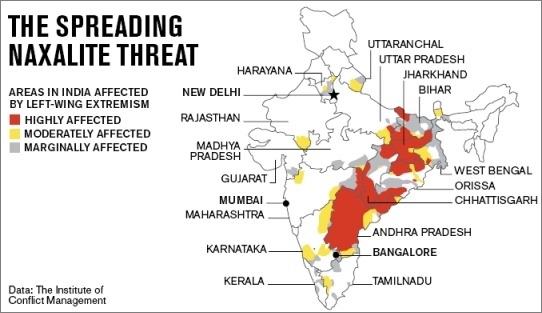
The supporters of this movement also advocated for violence to achieve their political goals. However, different governments have tried to control the massacre caused by these Naxal movements but didn't have much success.
This movement started from Uttarakhand when the forest department didn't allow the villagers to fell ash trees for making agricultural tools instead, gave the same land for commercial use to sports manufacturers.
The villagers got angry and they demanded that no outsider should be allowed to exploit forests with such contracts and local people should have control over natural resources like land, water, and forests.
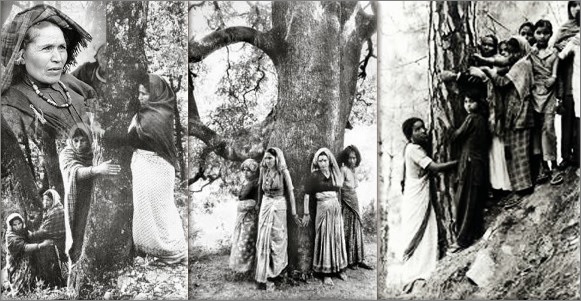
In the early 80s, an ambitious developmental project was launched in the Narmada valley of central India which consisted of a number of dams to be constructed on the Narmada river and its tributaries flowing across three states: MP, Gujarat, and Maharashtra.
The two most important, biggest, and multipurpose dams planned under this project were:
These dams were to provide drinking water, water for irrigation, generation of electricity, and increase agricultural production. These projects required the relocation of around 2.5 lakh people and 245 villages to which locals demanded proper relocation and rehabilitation.
They demanded a proper cost-benefit analysis of the major developmental projects completed in the country so far and that social cost should be calculated too with respect to such projects which would be forced settlement of project-affected people, serious loss of means of livelihood, and culture, depletion of ecological resources.
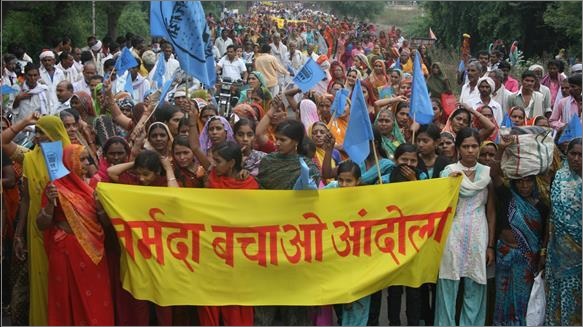
An announcement was made that a dam would be constructed on the Kuntipuzha River that would be an ideal site for the generation of electricity. After this announcement, the "Save Silent Valley" movement was started in 1973.
In both the eastern and the western coastal area of India, hundreds of thousands of families are engaged in fishing. They earn their means of life and food through this occupation but it was threatened when the government permitted entry of mechanized trawlers and technologies like bottom trawling for the large-scale harvest of fish in the Indian seas.
After the independence of India, the Dalit movement has demanded social justice and dignity. They also tried to build electoral majorities on a certain type of caste mobilization. Dalits are the communities known as ex-untouchables & tribals who are officially termed as SC & STs respectively. Dalit Movement is classified into two parts by Ghanshyam Shah which were:
In every Dalit movement, the issue of reservation has overshadowed every other issue and it is seen as the most decisive tool of progress. However, a new 21 point Action Agenda for Dalits for the 21st century was adopted in the Bhopal Declaration (2002). Some of the points of which are:
The rise of political organization of the Dalits happened in the 80sz whereas, the Backward and Minority Classes Employees Federation was formed in 1978. It took a strong position in the favour of political power to the Bahujan: the SC, ST, OBC, and minorities with Kanshi Ram as the prominent face of the movement.
OBC or Other backward classes are those who were as deprived as the SCs but not with the tag of untouchability. Indian Government appointed the Kaka Kalelkar Commission which identified more than 3000 castes or communities as OBC in 1956 whereas, in 1980, the Mandal Commission stated that around 52% of the total Indian population including non-Hindus constitutes OBCs.
The National Front Government decided to implement one of the recommendations of the Commission in 1990 about the reservation of OBC in central jobs and its undertakings which sparked agitations and violent protests in many cities of North India.
This movement attracted a lot of media attention and political attention in the 1980s. It was focused on demanding remunerative prices for agricultural produce and lowering or eliminating government dues such as canal water charges, electricity charges, interest rates and principal of loans, etc.
The 1960s was a time of political instability because the conflict between the ruling classes took some serious turns while there were signs of mass revolts. The main provocation for the democratic rights movement was the increasing arbitrariness of state behavior.

Share:

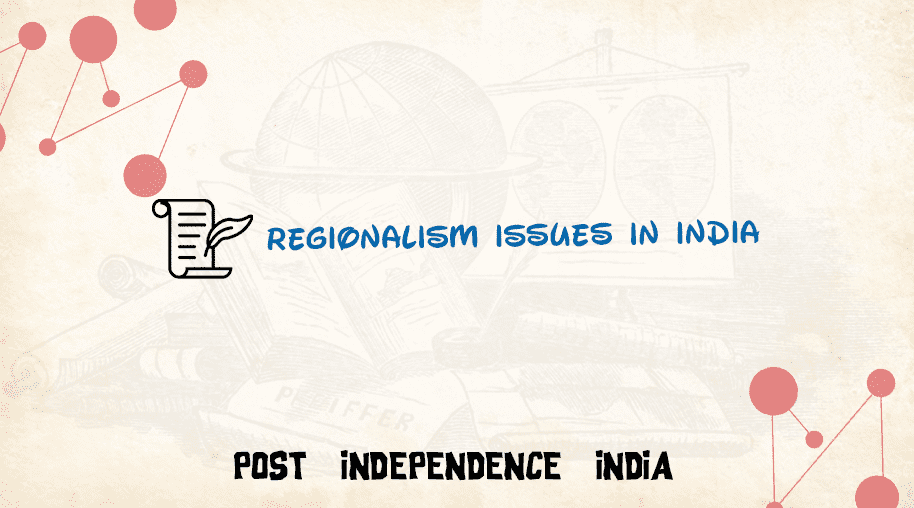
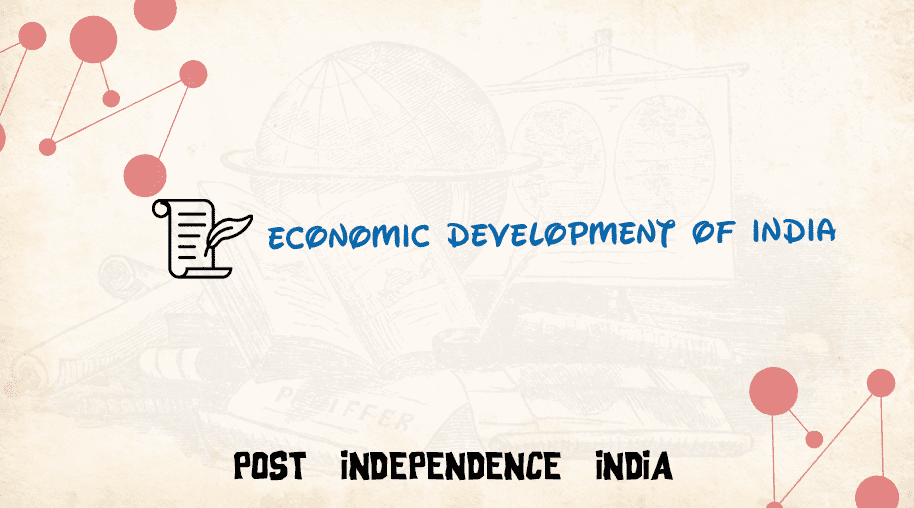
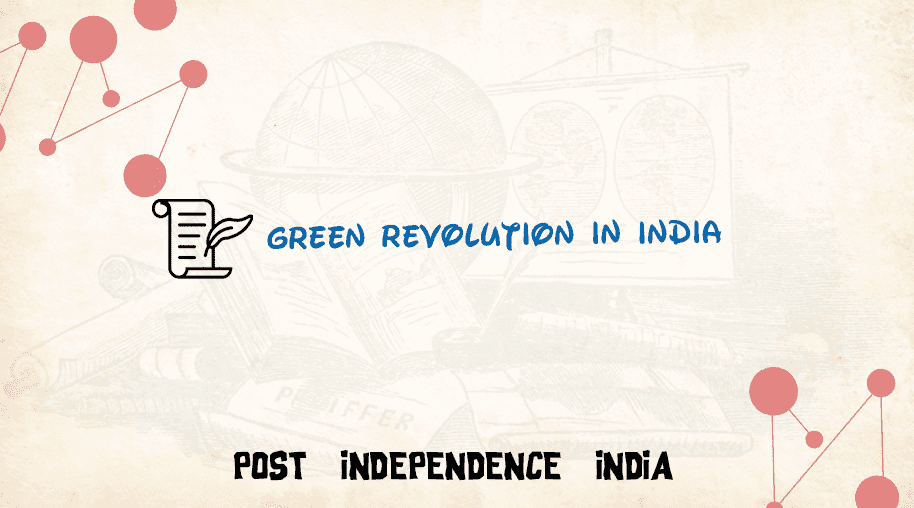



Comments
Waiting for your comments